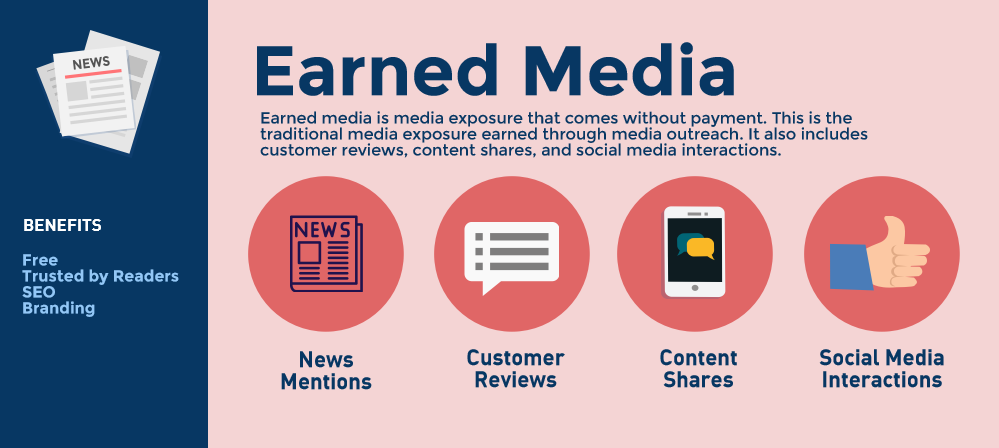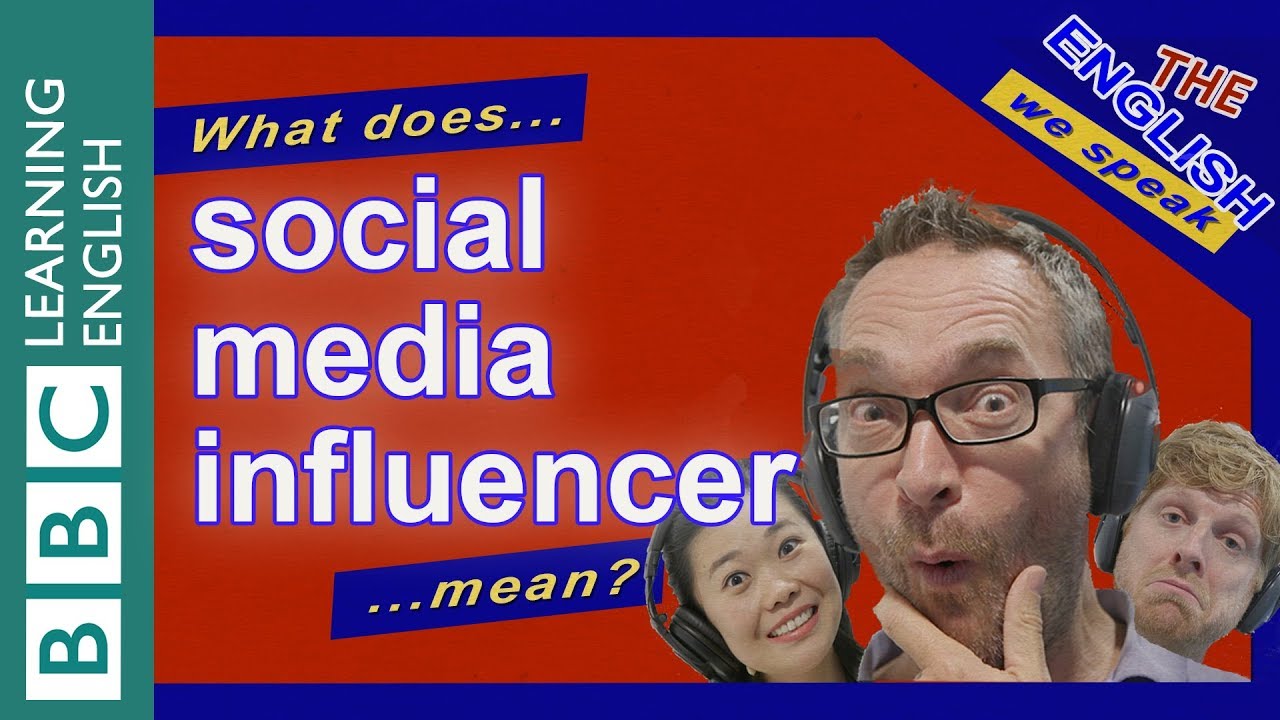
Although social media is a proven tool for fact-checking, some sites aren’t up to it. Instagram is second to Facebook in terms traffic to Shopify stores, while Facebook is the most used social networking site. Many sites do not have a policy for fact-checking or content moderation. To prevent misinformation, Facebook needs to have content moderation and fact checking. Here are some shocking facts about the world of social media.
Facebook is the most popular social media site
With more than 32,000,000 users in the UK, Facebook is the most used social media platform. TikTok is the fastest-growing social network in 2020. It allows users to share short videos. With more than two billion users worldwide, TikTok is on track to become the biggest social media site of all time. It is actually surpassing Facebook in monthly active members.
Instagram is the second highest source of traffic to Shopify stores
Instagram has been a major part of many online marketing strategies. In addition to being Shopify's second largest source of traffic, it is also the most used platform for promoting Shopify products. With over one billion monthly active users, Instagram can quickly grow your audience and direct sales to your Shopify store. Instagram is #4 on the list of top social media platforms. It continues to grow by over 100 million users each month.
Twitter has little to no fact-checking policy
Twitter, however, does not have a robust fact-checking process. Facebook has one. The company doesn’t believe it should be considered the arbiter or truth. The company is currently testing a reporting feature that allows users alert the company to misinformation. The feature is currently only available in select markets. Despite its limited ability to proactively address user reports of misinformation, Twitter is unlikely to change its policy.

Facebook has a content moderation procedure
A recent report from the Facebook Oversight Board offers some useful suggestions to improve Facebook's content moderation processes. These suggestions include limiting automation, notifying users of specific rule violations and allowing them to appeal to a human editor. Most of these suggestions are similar to those in the Santa Clara Principles charter, which sets minimum standards in content moderation.
Instagram's per-follower engagement rate is 58 times greater than Twitter
A study by Instagram found that Instagram has a 4.21% engagement rate per follower, almost twice as high as Facebook's. In the study, top brands used Instagram for their message to reach their followers and got 4.21% engagement. Facebook and Twitter received only 0.11% of each follower interaction. In Instagram's case this number was 58x more. Instagram is a more popular tool than Twitter and Facebook for marketers.
Pinterest has a per Click Revenue Rate of 27% more than Twitter
Despite having a smaller user base, Pinterest has seen steady growth with a US monthly active users base that is three times larger than Twitter's. Additionally, Pinterest has seen a sharp increase in catalog uploads, with international markets seeing a 400% increase. Both companies have the potential to monetize their content. But is Pinterest the best way to go for monetization? Let's see.
71% U.S.-based businesses use Instagram
The growing number of Instagram users is one reason Instagram is such an effective social media platform. Eighty percent of Instagram users are from outside the U.S. This shows how important visual content is today. In fact, 71% of Instagram users are between 18-29 years of age. If you are trying to market to a younger audience, make sure your Instagram account contains a greater percentage of images and carousel postings. Video posts receive the third-highest engagement rate at 0.75%.

FAQ
What does content marketing have to offer that is different from traditional advertising.
Traditional advertising is focused on attracting attention. Content marketing is about providing value. Because most people don't pay attention to traditional advertising, it is often a waste. Instead, content marketing is more effective and will lead to higher engagement rates.
How does content marketing work
Content marketing is successful because it produces valuable, engaging content which provides value.
Your audience will be more likely to trust you if you offer useful information, solve their problems, entertain them, or build relationships. People respond well to positive messages from brands they know and trust.
Things that are interesting to them are what people enjoy reading. Writing something interesting will make your readers return time and again.
Your content must inspire people to take action. This could be buying your product, signing-up for your newsletter or visiting your website.
The key to successful content marketing is to write compelling copy that engages your target market and provides them with the information they want and need.
What is Content Marketing?
This strategy involves creating relevant and valuable content for your blog or website. This content includes videos, images, text, infographics, etc., and it helps you attract new customers and keep existing ones engaged.
How does Content Marketing work
A visitor to your site is searching for something in particular. Great if they find what they are looking for. If not, they will leave the site and look elsewhere. Content marketing helps you provide useful and valuable information that answers questions and solves problems. This content can be used across all platforms (social media and email). This ensures that everyone has access to the content.
Why do I need to have a Content Marketing Strategy. Why should I not only send out emails, but also post social media updates.
There are two main reasons that you might ignore a Content Marketing Strategy.
-
You may believe that email marketing or social media posts will be enough to get people talking and sharing your brand's story.
-
If you've never tried email marketing, or posted on social networks, it's easy to assume this type of content is not feasible.
Both of these assumptions are wrong.
Email marketing and social media posts can be great ways to communicate with customers and prospects. They're not enough on their own.
Your goals can't be achieved by an email campaign. It should be part of a larger strategy. Social media posts are not enough to achieve your goals. They must be part of a comprehensive plan.
This is where a Content Marketing Strategy comes in. Creating a strategy that sets clear objectives for each piece of content allows you to manage your entire content creation process.
As a consequence, you will be able spend more time on other vital aspects of running your business, such as growing your customer base and increasing conversion rates.
While there are many advantages to having a Content Marketing Strategy in place, it does not make it easy.
It is important to have a strategy.
Is content marketing effective?
Yes! Hubspot reports that Content Marketing has been ranked as one of three top digital marketing channels in lead generation.
What is content marketing's main goal?
Content marketing is about creating valuable and relevant content for customers. This can be done by various channels like email campaigns, whitepapers, or blog articles. Delivering value to your audience is the key.
Statistics
- This marketing strategy landed Ford a 15.4% conversion rate. (neilpatel.com)
- To further show the importance of this, 89% of people have stopped doing business with a company because of a poor experience. (neilpatel.com)
- Progress indicators (0–100%) allow each team member to see how attainable each goal is and understand what remains to be accomplished. (semrush.com)
- According to our research, brand awareness, attracting traffic, and generating leads remain the key content marketing goals in 2022. (semrush.com)
- An example of an overarching goal could be: "In 2022, we want to achieve a 20% increase in revenue created by organic content and generate 15,000 MQLs with a budget of $30,000." (semrush.com)
- Out of the 1,500 marketers we surveyed for our State of Content Marketing report, 78% who felt their content marketing strategy was exceptionally effective in 2021 had documented their strategy. (semrush.com)
- According to the Content Marketing Institute, 70% of B2B marketers and 86% of B2C marketers surveyed use content marketing in some form or other. (criteo.com)
- Content marketing produces 3X more leads per dollar spent. Content marketing costs 62% less than traditional marketing. (criteo.com)
External Links
How To
How do I create a content-marketing strategy?
The first step in creating content for your clients is to define what kind of content. Once you have this information, you can start creating content. This may mean developing an editorial calendar and planning where these pieces will come from. Content should always have a purpose. It doesn't really matter what content you're using, whether it's blog posts or social media updates. But they all should have a single purpose.
After you have decided what type of content you want, it is important to identify your target market. Who are they looking for? And why should they care about what you have to offer them?
After identifying your target market, next comes finding ways to communicate with them. Social media platforms are an excellent way to connect with people, but other options exist, such as videos, podcasts, webinars, etc.
After deciding how you will communicate with your market, the next step is figuring out what topics and types of content you want to cover. Again, this goes back to determine why you're writing the content. What problem does this solve? Are they satisfied? Is it going to make their lives easier?
Once you have an idea of the content you are writing, you can start to think about what you want to share. Is it possible to share information related to your industry? On current events? On specific products and services? The answer to this question defines your focus.
After you've answered these questions, it's now time to combine all the pieces into one complete package.
You want every piece you create to serve its purpose. You don't want to waste anyone's time and energy, so you must build quality into every aspect of your content.
A great content marketing strategy is not complete without many moving parts.